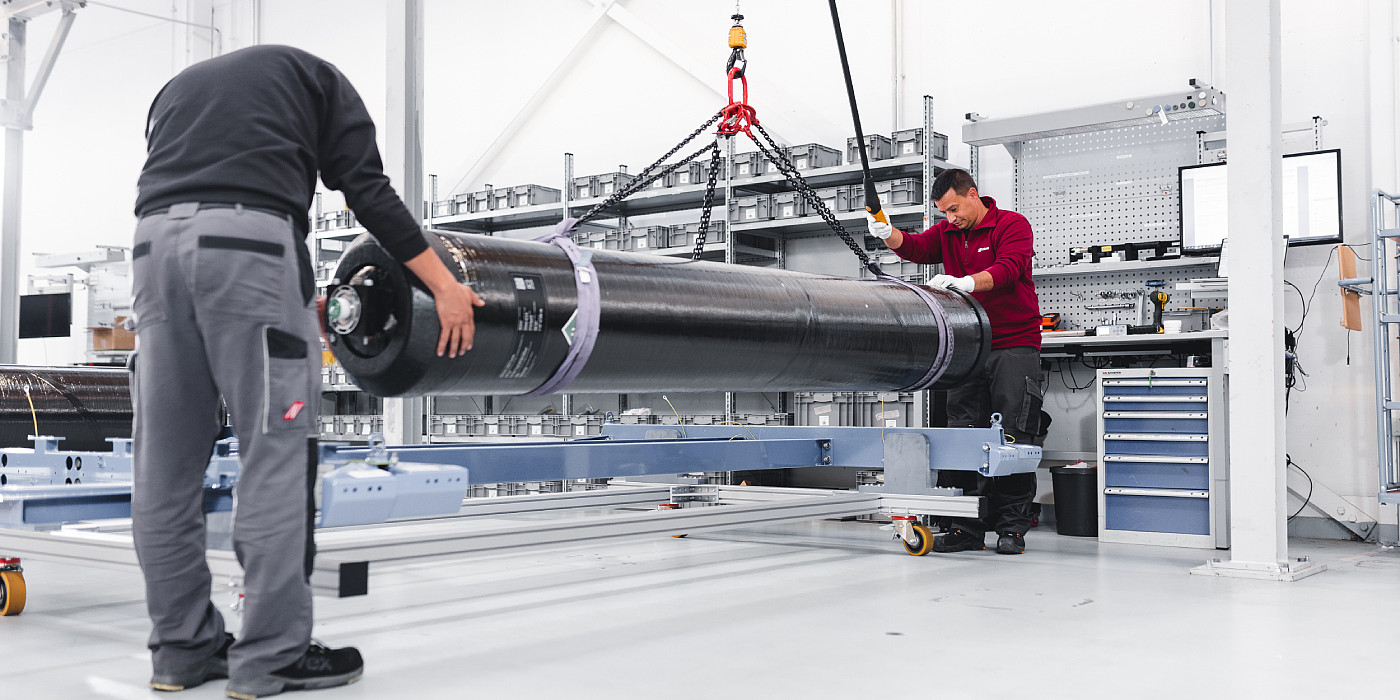The EDAG Group, the world's largest independent engineering service provider to the global mobility industry, is developing a patented process for the resource-saving refuelling of hydrogen tanks. This process is based on the use of vacuum technology, which allows the reduced and direct use of resources.
Hydrogen is being used more and more in the automotive industry as an alternative to the electric drive. The number of pilot projects and process tests using hydrogen is on the increase. One of the greatest challenges this technology has posed to date has been the initial filling of the tanks. In the conventional process, a great deal of energy is lost until such time as the necessary purity level for fuel cell operation is reached. The principle of the EDAG Group's vacuum chamber counters this problem: Using the patented process enables resources to be saved and systematically used.
Evolution of the vacuum chamber
The EDAG Group has developed a rapid, material-efficient process for initial refuelling. The challenge the team initially faced was that, although the typical type 4 pressure vessel can withstand high internal pressure, it is not suitable for an internal vacuum as this involves high external pressure. This gives rise to the risk of the plastic vessel collapsing under the external pressure.
The EDAG Group therefore transferred the entire system into a chamber. Here, when the tank is closed, a vacuum is first created, resulting in overpressure in the tank. If the tank is now opened, the air it contains flows out and creates a vacuum both inside and outside of the tank. Feeding in the hydrogen now presents no problem. The result is a tank completely filled with H2.
Resource-saving and future-proof
Unlike the conventional processes, no gas is wasted using this method. The hydrogen used is therefore reduced by 100 percent, and the time taken by the process by 90 percent. Since this filling method is fully automated, the manual input involved in the overall process is reduced by 30 percent. Gas inertization using nitrogen is completely eliminated, and equipment usage is reduced by 70 percent. Maintenance costs and wear and tear on the system are consequently reduced throughout the entire process.
The system for filling type 4 pressure vessels was initially designed in a project outline. The pilot vacuum chamber was then set up at EDAG's H2 site of excellence in Bremen, where the process was successfully tested. The hydrogen-filled tanks can easily be used in conjunction with a fuel cell.
"We are very proud to have got this process off the ground," says Marius Koch, Head of Prototype and Vehicle Construction at the EDAG Group's Bremen site. "This innovative technology wastes fewer resources, and it will be possible to take the use of hydrogen to the next development level . So with the vacuum chamber which has now been patented, we are a significant step closer to hydrogen being used in series production."
The hydrogen tank system and other EDAG Group exhibits will be shown in Hall 5, Stand 5F110 at the Hydrogen Technology Expo on September 27-28, 2023. Further information on how the the EDAG vacuum chamber works and the process data can be found here:
